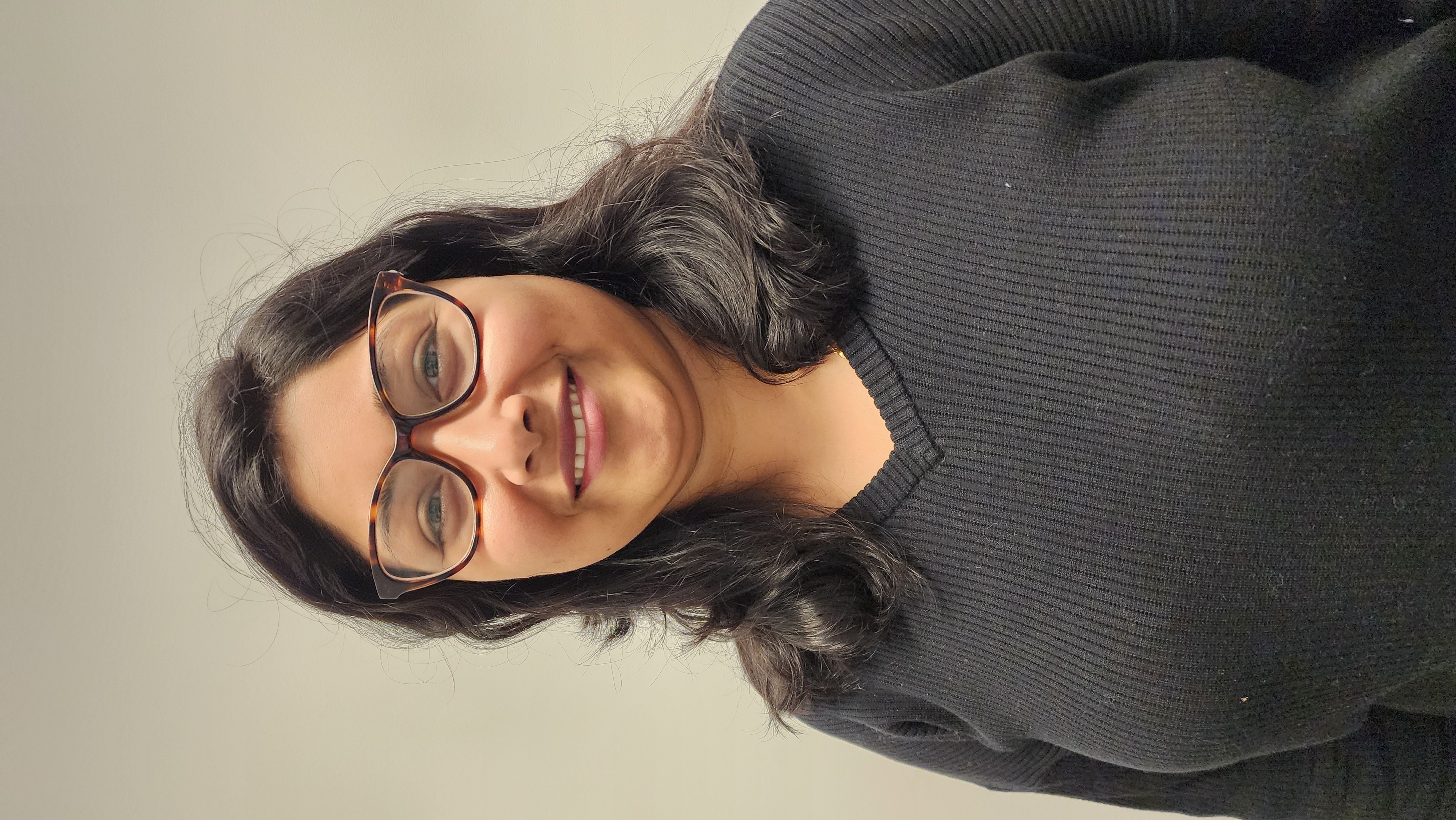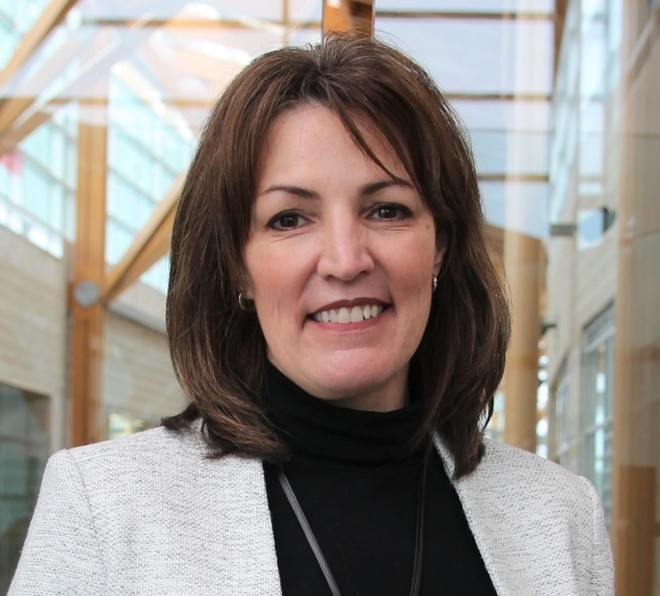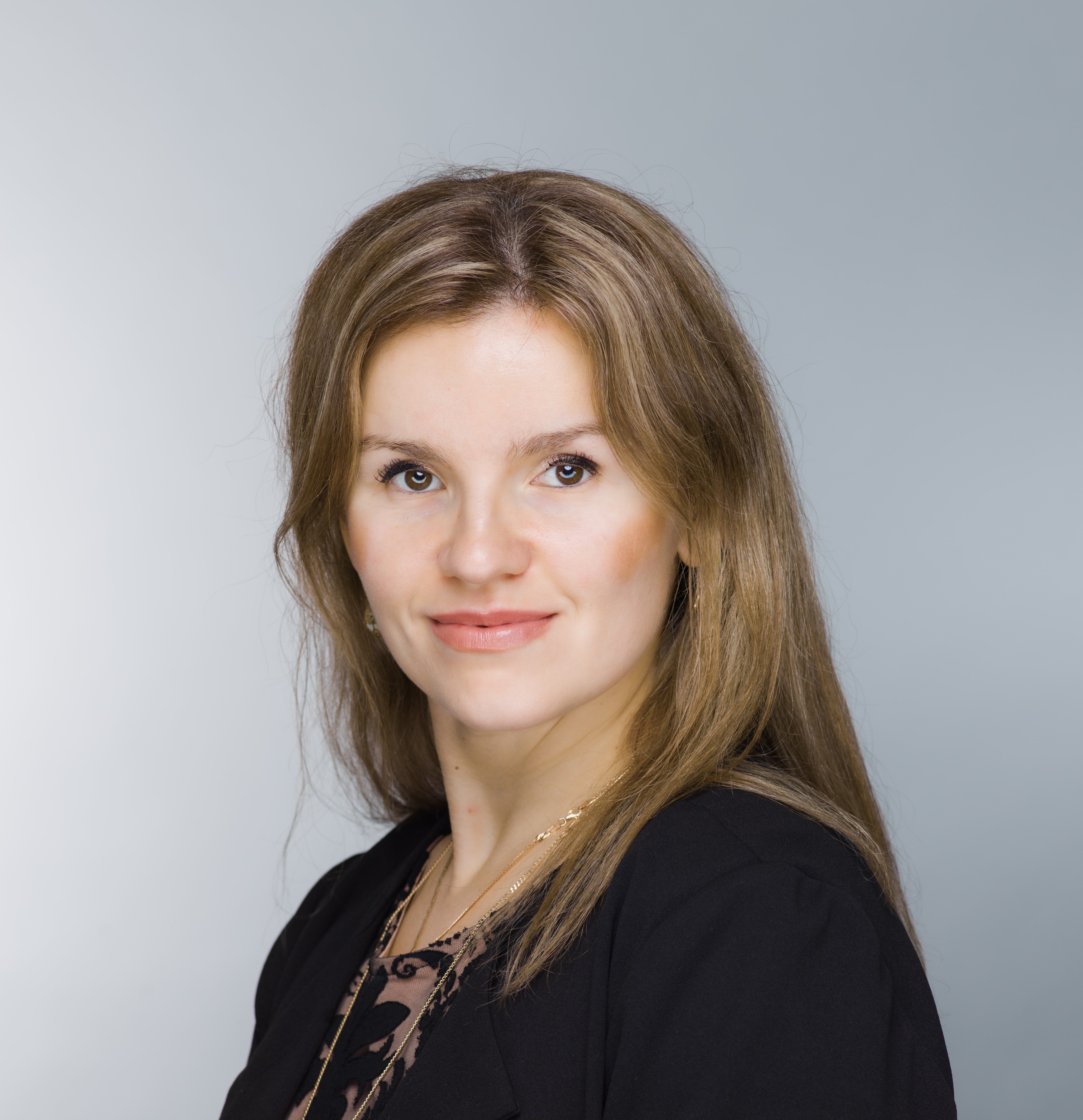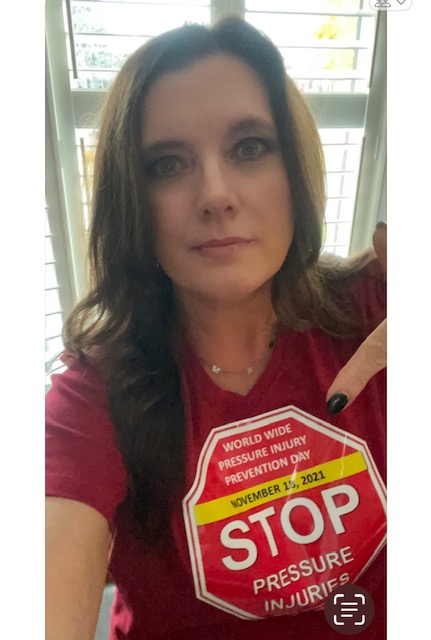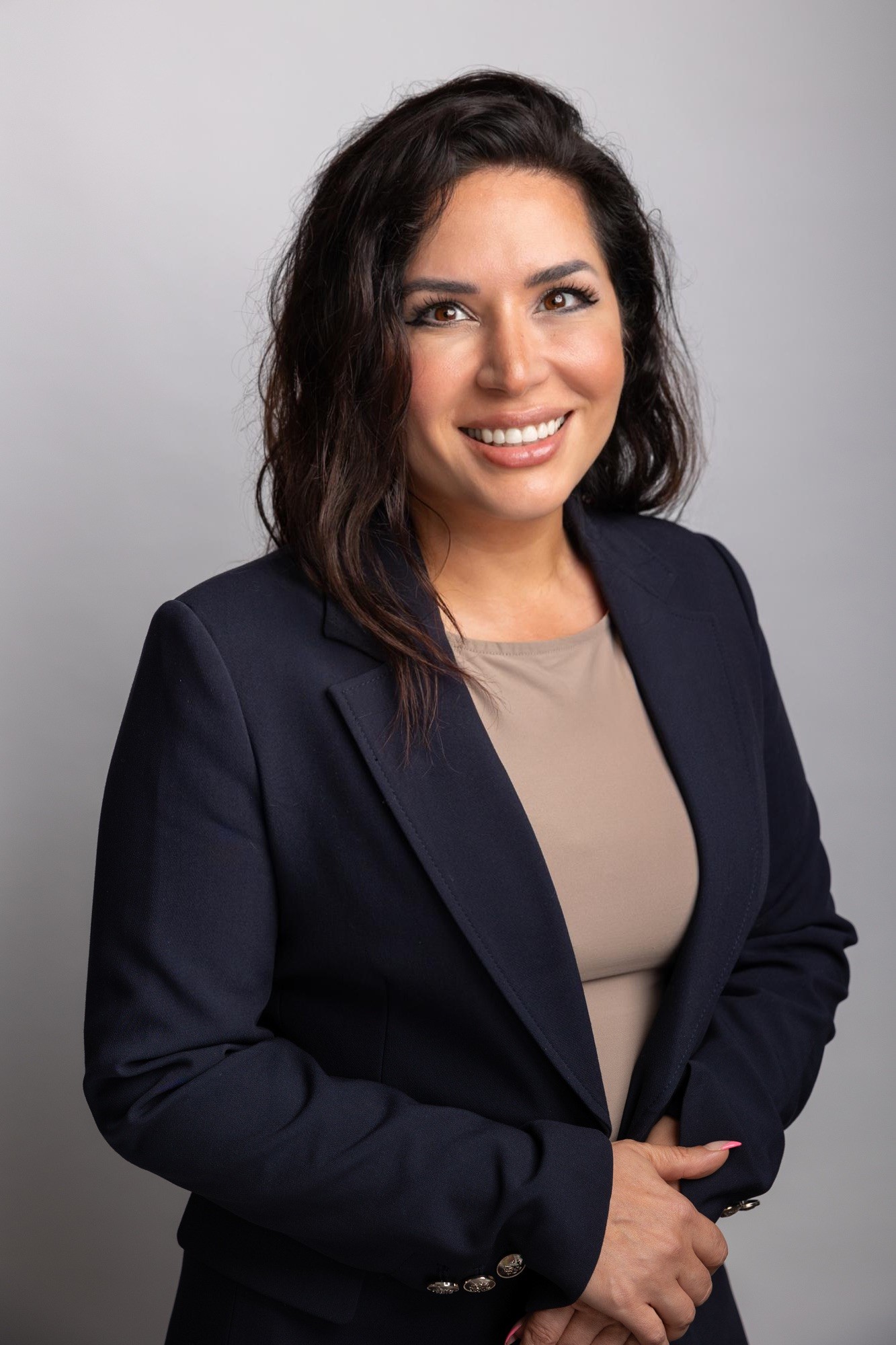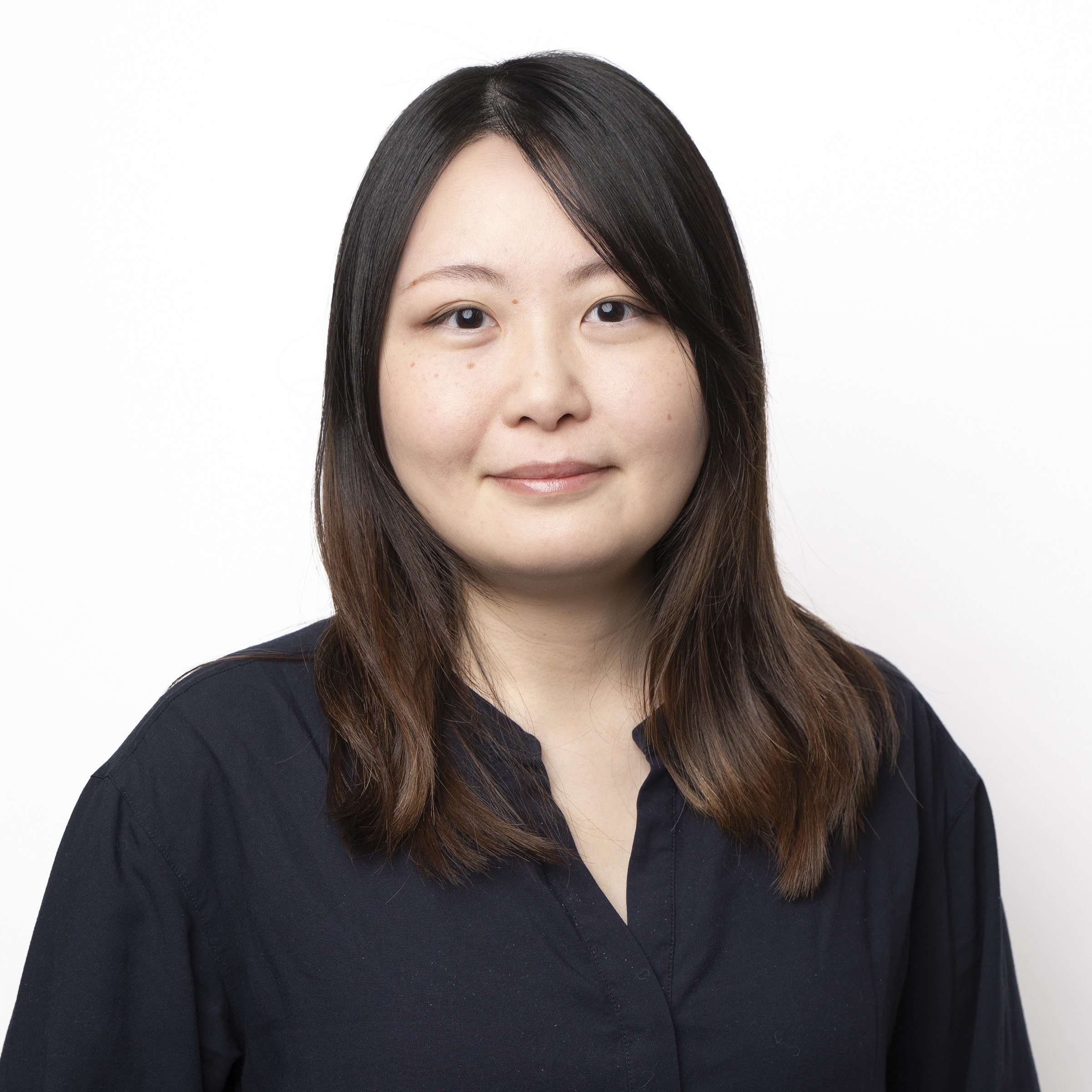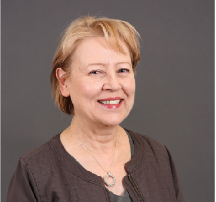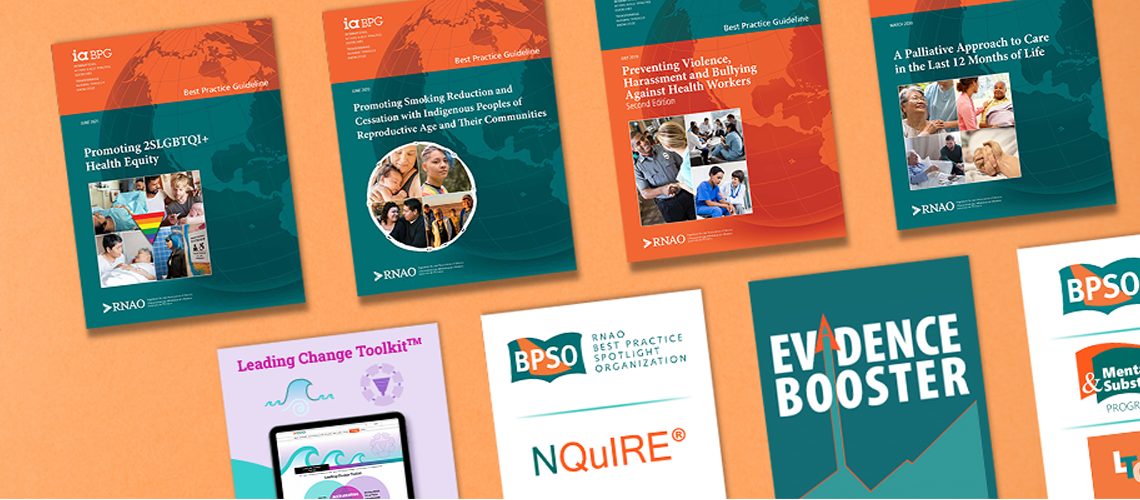
After 25 years of growth and expansion, RNAO’s Best Practice Guideline (BPG) Program has become an impressive social movement of science that stretches across health sectors and geographical borders. Health professionals, their patients and families, researchers and policymakers are working behind the scenes to support the ongoing growth of the program. And we wanted to hear from them.
There are currently more than 50 clinical and healthy work environment guidelines. Best Practice Spotlight Organizations® (BPSO®) extend the reach of the program by committing to formal partnerships with RNAO to implement multiple BPGs. Specialized programs under the BPG umbrella drill down to vital aspects of evidence-informed practice, including research and innovation, long-term care, mental health and Indigenous health.
As many as 150,000 champions and BPSO leads are in the field implementing and evaluating the impact of BPGs across multiple sectors and in different countries around the world. These vocal and passionate change agents are supported by expert staff at RNAO home office, not to mention all of their own networks that support their ongoing work to advance evidence-informed care.
We asked some key end users and contributors to tell us about what drew them in, and why they keep coming back. Their insights illustrate the complexity of the program and offer a window to what happens day-to-day to improve patient care and health systems around the world.
Here’s what they told us…
…about being an external reviewer on multiple BPGs…
"My journey as an external reviewer for several BPGs has been both rewarding and enlightening. My initial motivation stemmed from a deep commitment to the nursing profession and a belief in the power of evidence-based practice. Engaging with these guidelines has helped me stay at the forefront of clinical advancements, which is crucial for my role in the long-term care sector. Interacting with diverse perspectives enriches my understanding and strengthens our team's clinical competencies. Ultimately, by sharing insights and advocating for best practices, I contribute to safer, more effective care for residents. This experience reminds me of the profound impact we can have together in health care.”
Nitha Reno is manager, interprofessional practice and innovation, for the Regional Municipality of Durham Long-Term Care & Services for Seniors Division. She was a panelist for Clinical Practice in a Digital Health Environment and Diabetic foot ulcers: Prevention, assessment and management, and Pressure injury management: Risk assessment, prevention and treatment.
…about co-chairing an RNAO foundational BPG…
“Having the opportunity to co-chair the Transitions in Care and Services BPG was an absolute privilege. What a unique and truly incredible experience to positively impact care and outcomes across the health sector. From the beginning, the full RNAO team was engaged in the review of the literature and current research – measured against the input and experience of practice experts. Together it was a journey that ultimately enabled us to develop a guideline that we expect will help to fundamentally improve the experience of those transitioning through care and services in health. The guideline is informed through the compilation of best evidence together with the lived experience of patients, families and providers. We look forward to hearing about how this guideline, once applied and integrated into our systems, will enable better care for patients and families, and a better experience for providers. Thank you for the opportunity to lead and transform health care.”
Dr. Rhonda Crocker Ellacott, HBScN, M.A., Ed.D, is president and CEO for Thunder Bay Regional Health Sciences Centre, and CEO for Thunder Bay Regional Health Research Institute
"...It's truly been a transformational experience. To have the opportunity to bring the voice of a registered nurse practising in general internal medicine, a scholar in an assistant professor role at an academic institution, a research scientist at two research institutes, a patient partner with a community organization, and a caregiver of family members with chronic illnesses as the co-chair is an experience I will treasure forever. We all wear many hats in our professional and personal lives, but to have an opportunity to wear all these hats during the redevelopment of this (Person- and Family-Centred Care) BPG has been life changing. To collaborate with the incredible RNAO staff and all the individuals in our advisory panel as well as my fellow patient co-chair, we are truly executing a document that will continue to revolutionize how patients and families experience and become active members during their care delivery.”
Dr. Kateryna Metersky is an assistant professor (year-two lead) at Daphne Cockwell School of Nursing, Toronto Metropolitan University, and practising nurse in general internal medicine at Toronto Western Hospital
…about contributing to a BPG as a person with lived experience…
“With every tragedy there is always a lesson learned and teachable positive movement forward in change. We share these stories to raise awareness and stand together for change. I was honoured to be asked to contribute to the BPG panel from a caregiver’s perspective with lived experience. I’ve learned a lot through the lens of a caregiver and now I coach others on how much more value we (caregivers) can provide if we are integrated into the care plan. A lot has transpired since our story aired (on television) nationally in 2019. I am hoping to empower caregivers and care teams to communicate and collaborate. This will save lives and is a simple key to prevention. Care teams and caregivers are “essential together.” Caregivers are an extra set of eyes, ears, voice and helping hands to the medical teams and the patients. We are more than just a visitor. We are partners.”
Linda Moss has become an advocate for pressure injury prevention and a board member for Wounds Canada since losing her father to a pressure injury. She was a panelist for the Pressure injury management: Risk assessment, prevention and treatment BPG.
…about being the first long-term care BPSO….
“This journey was about more than implementing evidence-based practices; it was about redefining leadership and care quality expectation in long-term care. The invaluable guidance of our coach, Elaine Calvert, shaped our journey, providing us with the confidence and knowledge to implement meaningful change. Implementing the Developing and Sustaining Nursing Leadership BPG has profoundly impacted both frontline staff and nursing leaders by providing actionable strategies to enhance decision-making, foster collaboration and build a culture of mentorship and support. It has strengthened nurses’ confidence in leadership at point-of-care and has empowered nursing leaders to inspire their teams, driving innovation and setting a new standard for excellence. The BPSO designation has brought pride and purpose to our organization, uniting us around a commitment to improving resident outcomes and amplifying resident and family voices in care.”
Bahar Karimi is BPSO lead for The Thrive Group’s Idlewyld Manor in Hamilton and executive director of long-term care services chair for the Centre of Excellence.
…about the systematic reviews that inform BPGs…
“Working with the BPG team, my role involves applying my expertise in literature searching, such as selecting appropriate databases and creating search strategies that are comprehensive, reproducible and tailored to the research question. Literature searching plays an important role in BPG development because it provides the foundation for best practice guidelines, ensuring that the recommendations are informed by the most up-to-date, comprehensive and high-quality evidence. I enjoy this role because it allows me to use my problem-solving skills and support evidence-based research to improve patient care.”
Cynthia Chui is an information specialist for HealthSearch, a service of the University Health Network (UHN) that operates within UHN Library & Information Services.
…about the importance of cultural sensitivity when implementing RNAO BPGs…
“For (long-term care) homes that have a majority of residents of a different nationality, the culture plans are designed in such a way that it meets their needs based on their culture. For example, if we look at the (home with 100 per cent) Korean residents, most of the staff are Korean. Some of the residents don’t speak English. The food, the menu, it’s very specific. (At) the Italian home…it’s a whole menu of Italian food, including serving wine at dinner, which is very important for them. To an outsider, it may not seem like a lot, but it means a lot to the residents living there. If you look at the BPG about alternatives to the use of restraints, if an Indigenous resident (at the Indigenous-owned home) becomes anxious and we need to look at alternatives to help them settle…we use drums to calm them down. Rather than using western approaches, we look at Indigenous approaches and what will work for the residents. These homes are so happy and so engaged.”
Maria Cherbel is VP of Quality and Clinical Services, UniversalCare Canada Inc., a BPSO Host pre-designate that manages 10 homes, half of which serve different cultural groups.

